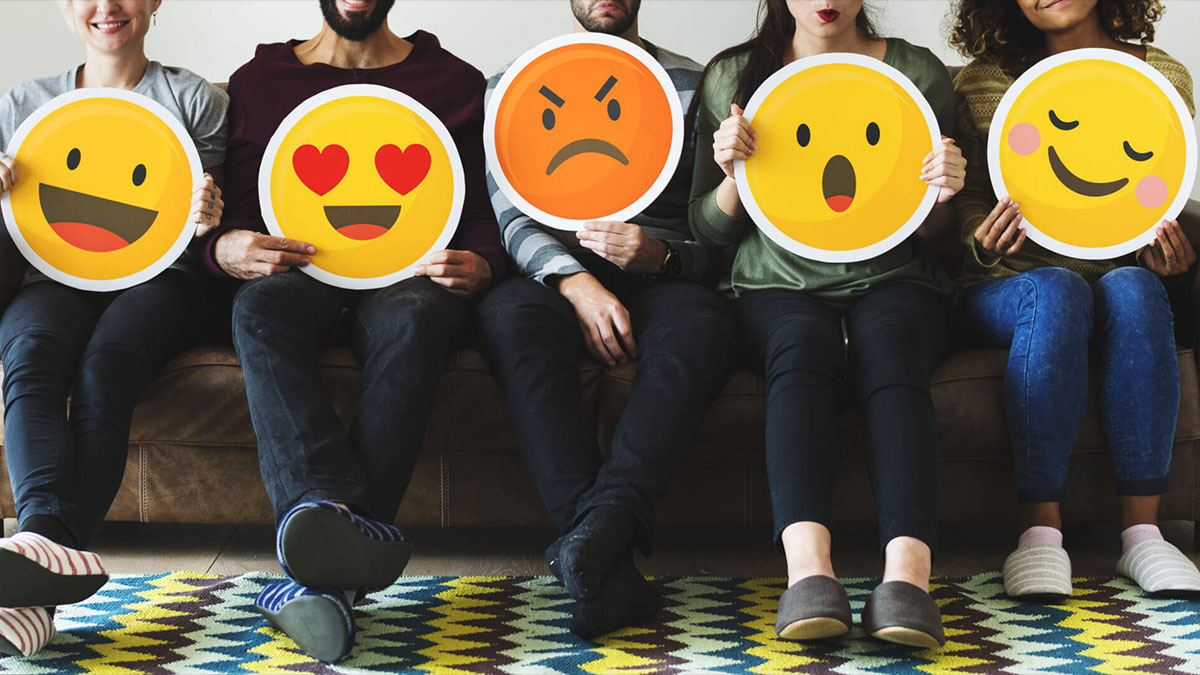why emojis don’t deserve the hate they get

For as long as there have been younger generations and the concept of an ongoing civilization, there have been cultural critics who took issue with their existence, lamenting that whatever they do or say is wrong just because it’s different. Consider that even back in ancient Greece, the famed philosopher Socrates decried writing for making youth forgetful and giving them “only a semblance of knowledge” while lamenting that they lives were just too good, turning them into indulgent brats, as if he was trying to be the classical world’s version of a one man “Millennials Are Killing Blank” industry.
And if we fast forward to the present day, we find that little has changed as writers seemingly howling with rage go on a warpath against emojis, which are supposedly a regression of not only language but society as a whole. The mere fact that emojis exist and are used seemed to be an appalling affront to the usual suspects and symbolize an all out assault on everything good and decent in this world. Surely they’re sharpening their quills at the news that a recent study of 214 college students saw online messages using these little icons rated as more genuine and understandable. Surely, they will grumble, it’s an outrage that in this day and age, teenagers and young adults require pictures with words to make sense of the written word.
Except that’s not what’s happening here. Far from “regressing us to hieroglyphics,” emojis seem to have become a helpful supplement. Just consider that when hieroglyphics were the dominant form of writing, only a small percentage of people were literate. In fact, hyper-literacy is the result of compulsory schooling in the West and Far East over the last century. And today, a great deal of communication in the developed world is done in text like SMS, IMs, public posts, and emails, even though much of human interaction requires nonverbal subtleties like tone of voice and facial expressions, which is why written content can so often result in miscommunications.
Strategically employed emojis can provide that missing nonverbal context, indicating sarcasm, teasing, excitement, and other relevant emotions. True, in formats with very strict character restrictions to save data or for communication, emojis can be a stand-in for words. However, that’s not their true intent. They’re additive and decorative, not essential, which is why so much of the criticism they receive misses the mark and younger generations which seem to spend more time reading and writing than talking find them so helpful and useful to avoid common pitfalls in communicating friends and colleagues from the same age group. Maybe the pundits emulating Socrates can try them sometimes, even if they’ll only end up using the angry and swearing faces…
See: Daniel, T., Camp, A., Emojis affect processing fluency on social media, (2018) Psychology of Popular Media Culture, DOI: 10.1037/ppm0000219





